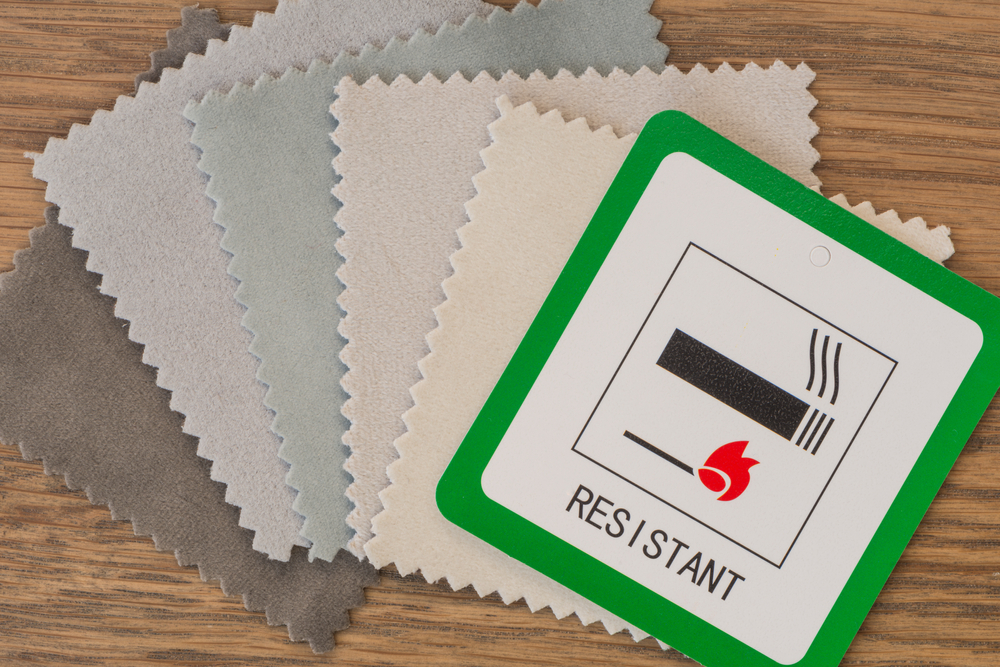In our latest installment of Ask the Expert, brought to you by Bulwark, we hear from Derek Sang, Senior Technical Training Manager at Bulwark Protection, about tips for wearing flame-resistant (FR) clothing in hot weather.
Q: What are some tips for wearing FR in hot weather?
Heat stress occurs when the body cannot rid itself of excess heat. According to the National Institute for Occupational Safety and Health, heat stress “can result in heat stroke, heat exhaustion, heat cramps, or heat rashes. Heat can also increase the risk of injuries in workers as it may result in sweaty palms, fogged-up safety glasses, fatigue and dizziness.”
Further, when the ambient temperature is greater than a person’s body temperature, radiation, conduction and convection struggle to cool the body. That leaves evaporation of perspiration—more commonly known as sweating—as the body’s only cooling mechanism. And if the body does not receive ample fluids, just being dehydrated as little as 3% has shown as much as a 17% reduction in an individual’s reaction time, which also can lead to accidents.
To help prevent the onset of heat stress, following are some basic recommendations for employees tasked with performing work in high temperatures:
- Boots should be lightweight yet protective.
- Head protection should incorporate shade when possible.
- Hand protection should incorporate lightweight, breathable material when possible.
- Schedule jobs for cooler parts of the day.
- Limit the amount of time spent outside on extremely hot days and move to cool locations during breaks.
- For long, demanding jobs, use relief workers or assign extra workers.
- Make sure there is ready access to cold beverages; try to avoid those with caffeine and sugar.
- Eat regularly to keep up your energy, but avoid heavy foods that are hard to digest.
- Avoid touching hot metal surfaces with your bare skin.
- Monitor your physical condition and that of your co-workers. Speak up if you see anyone having difficulties, such as sweating heavily, looking pale, experiencing nausea or vomiting, or feeling dizzy.
You should know that single-layer FR/AR clothing does not trap heat or restrict heat removal any more than regular non-FR clothing does. A person primarily sheds heat through evaporation of sweat once the air temperature is greater than their body’s temperature. When the ability to sweat is restricted, however, or when it is lost altogether—either due to physiological conditions, such as dehydration, and/or clothing that restricts this action, such as raingear—the possibility of heat stress increases.
Fortunately, advancements in textiles available in today’s FR/AR garments offer improved performance in extreme temperatures. For instance, moisture management is one advancement that assists in keeping the user comfortable. In hot temperatures, lightweight FR/AR garments allow more heat to be released because they provide less insulation. The open weave allows more air to pass through the garment and assists in moisture evaporation, which, when combined with the garment’s moisture-wicking properties, moves more moisture to the surface of the clothing for evaporative cooling.

